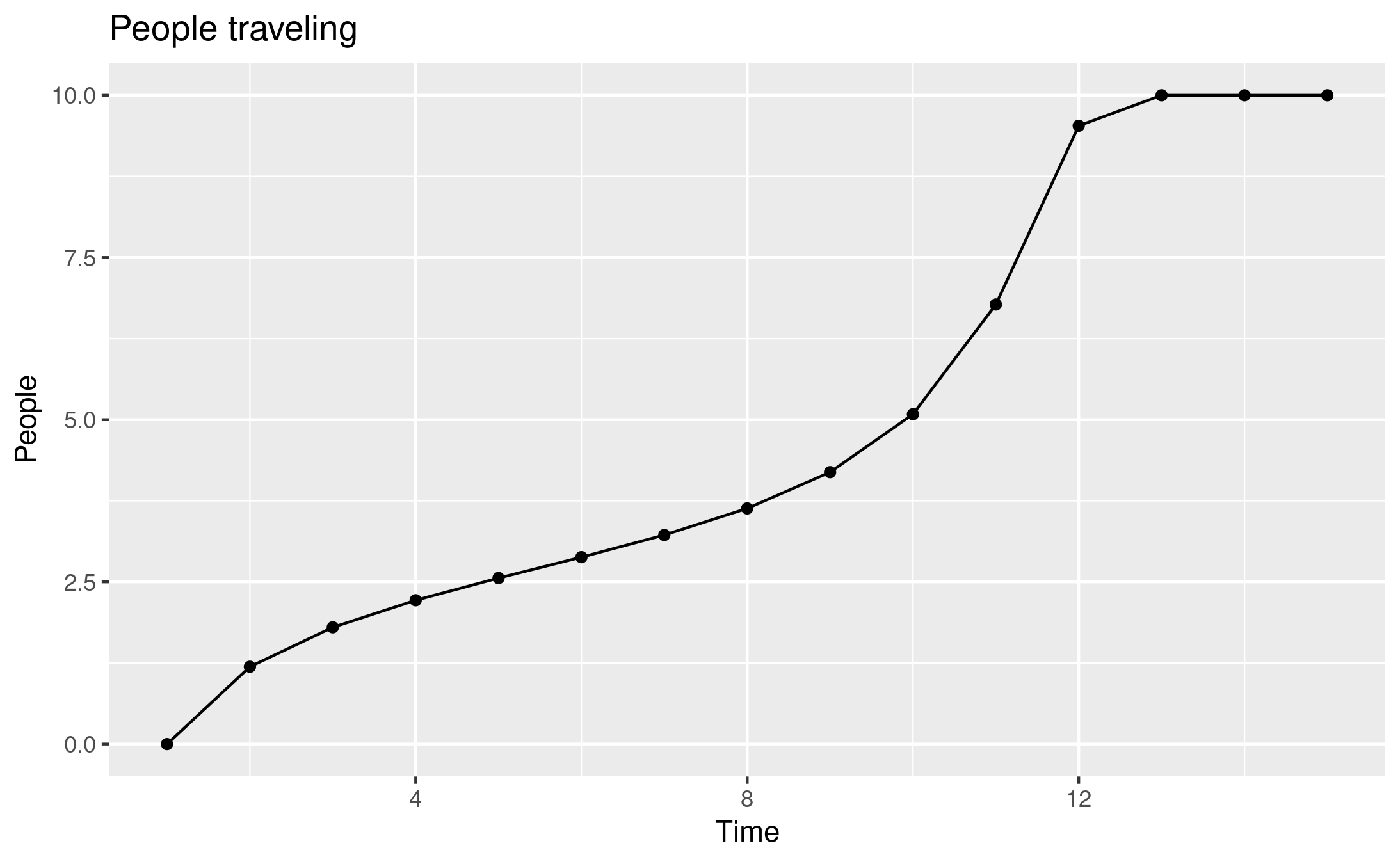Local Erosion with Cars
I've read an interesting book by a traffic planning professor from Vienna, Hermann Knoflacher. In “Virus Auto” he describes how the car makes cities ugly and not worth living in. There are a bunch of examples how a little town is connected to interstates, the people living there are told that it will create new jobs, bring wealth to the people and so on. The reality is different, however. The interstate connection will likely drain the little town.
People have been traveling the same time per day for centuries. This means that the effective range is what you can reach within around 45 minutes (one way). If you are by foot, you can only reach the grocery store in your town. That will be able to sell to all the people in the town. But once you have a car, you can also reach the one in the next slightly larger town. And this is where the trouble begins. Say the other supermarket is larger, has a better offering and slightly lower prices. You might start to shop there, because it is so convenient with the car. Soon other people will do the same, and the local supermarket will see a plummeting in customer base. The prices need to be adjusted, driving more customers away.
Building a connection to the interstate will mean that the effective range of the people increases further. This may sound like a good idea, but the other thing is that it will slowly kill everything locally.
I've taken a simple model. There is a little town and a slightly larger city. Both have a supermarket. The people from the city will always buy in their supermarket. The people from the town might shop locally or at the city supermarket, depending on the cost of going there. The fixed costs of the supermarkets will be distributed to all customers. If many people go to the city supermarket, its prices will fall, whereas the town supermarket will need to increase the prices.
We start with an bad connection between town and city. People will need to spend a lot of time to reach the city. So the associated cost with buying local is negative, so they buying local is favored.
We can see that it stays constant over time, because nobody really drives into the city. The probability of going is virtually zero:
And so the expected number of people traveling is virtually zero:
But what happens if we now lower the cost of traveling to the city? The model begins with a cost slightly negative, so people still favor buying locally.
Yet some people take the additional cost of shopping in the city. The probability starts low, but nonzero.
We can see that the expectation value of people traveling starts to rise. At first nobody travels, and then after a few time periods everyone does.
At this point, the cost of buying locally is so high, that nobody will do that. The local supermarket will likely go out of business at that point. The only supermarket left will be the one in the larger city. And everyone now depends on the fast mode of transportation to go there. The little town now merely is a suburb for having a house to sleep in. Whatever you want to buy, you need to travel to the next city. And if you are a teenager or senior without a driver's license or car? Well, you're stuck and it sucks.





